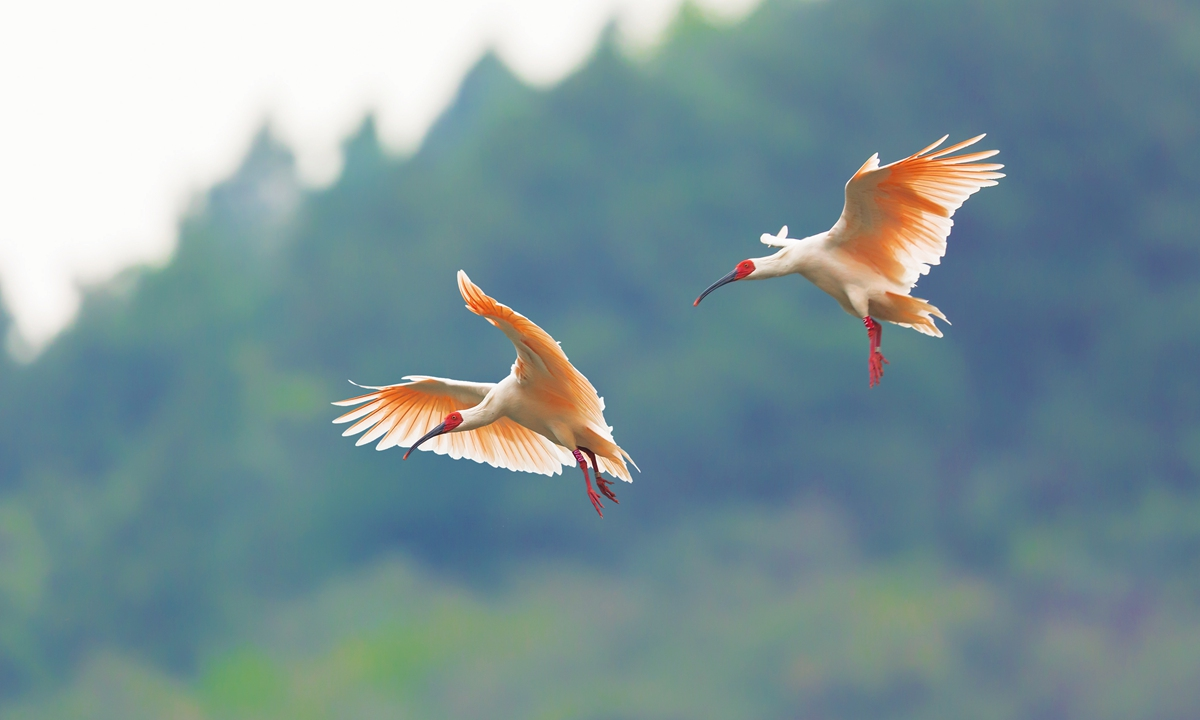“鹮美天下”友好交流活动开幕 东亚各国携手保护濒危朱鹮

A China-Japan-South Korea friendship exchange program aimed at protecting the endangered crested ibis(朱鹮) was launched in Shanghai on November 12. People from the three neighboring countries shared their experiences in improving ecological(生态的) protection and promised to put forth more effort in dealing with climate change, environmental pollution and promote the harmonious development of humanity and nature.
The crested ibis was once commonly found in China, the Korean Peninsula, Japan and Russia until the 1960s. Unfortunately, the crested ibis became extinct on the Korean Peninsula and in Russia in the 1970s. The last six crested ibises spotted in Japan were believed to be the last of the species on Earth, so the Japanese government decided to put them in captivity(圈养) in 1981 for their protection. Yet the practice turned out to be a failure, as the birds didn’t survive. The last one died in 2003, meaning the extinction of the species in Japan.
A Chinese scientist, Liu Yinzeng, then a researcher at the Chinese Academy of Sciences (CAS), wasn’t willing to accept the idea that crested ibises were extinct in China. In 1978, he led a team to search throughout the country for the bird. A turning point occurred in May 1981, after Liu and his team had searched mountains in nine provinces. Two adult crested ibises were spotted in Yang county in Northwest China’s Shaanxi Province. Following the discovery of these birds, China launched protection efforts to protect and preserve the crested ibis. Thus a “fairy bird revival” miracle was created in China based on the sweat and tears of numerous Chinese people.
Crested ibises are favored by people across Asia. China has presented 14 crested ibises to Japan and South Korea since 1985. Currently, Japan and South Korea are home to a total of more than 1,000 crested ibises living in the wild and captivity. It’s the common wish for Asian countries to restore the crested ibis’ original habitats.

